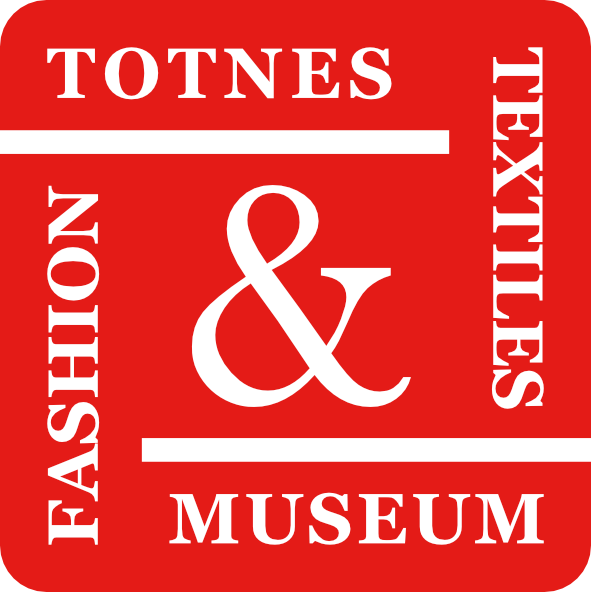Restoration of the Collection’s 17th Century Gauntlets
Morwena Stephens began her talk by outlining how she came into conservation work, the training she undertook, and some of the projects which she has been involved in as an independent Textile and Ethnographic Artefacts Conservator.
Before…
The gauntlets, dated to about 1650, are one of the oldest items she has tackled, as very few textile items remain from before the 18th century.
The first stage is a condition assessment to determine whether conservation is necessary. One of the first things she noticed about the Collection’s gauntlets was the length of the fingers which was a fashion statement in the 17th century. Gloves were often used as gifts. The gauntlets are made of kid leather with the hair side in the inside. The fine embroidery is quite rare and she looked at other examples from the collections of the Worshipful Company of Glovers in London and the Victoria and Albert Museum.
Conservation of the embroidery entailed a huge amount of work on a variety of materials, including metal, silver-gilt, silver and gold threads and sequins. Much of the embroidery is made up of fine wires, often in coils. The gloves showed signs of frequent wear and had become flattened by storage, especially the gussets along the fingers. Some of the embroidery was loose and in places missing, but the remaining bright colours were remarkably good. Because of the complexity of the materials used in the fringing it was very hard to straighten.
The first stage in cleaning was the surfaces of the main leather parts of the gauntlets. This was achieved using a soft artist’s brush, a dental vacuum and a very soft cosmetic sponge. Tweezers helped to remove some clothes moth webbing in one place. The silver cord between the fringing and the silver ribbon was restitched, avoiding pressure, and past repairs in unsatisfactory materials were removed. The pink silk lining of the left glove was given a patch support. The gloves were then gently humidified and, as the leather became more flexible, tubes were inserted into the fingers.
The tangled fringe loops were then pinned out to keep them in alignment and breaks in the seams were restitched following the examples in the Victora and Albert Museum. A modern thread was used to resist the metal in the silver foil cutting the silk or stranded cotton. A small tear in the leather on the right cuff opening was repaired. Detached lengths of purl and sequins were reattached.
Finally separate mounts were made for each finger and thumb and larger ones to support the palms and cuffs. These are hardly visible under the fringing.
The audience was invited to inspect the finished product and to ask questions.
After…
We are most grateful to Morwena for her expertise and for her time in taking us through the process.
The Devonshire Collection of Period Costume is grateful for a grant from the Dorothy Bullard Trust and a gift from the children of Martin and Jean Gilbert, which paid for the conservation of these gauntlets.
